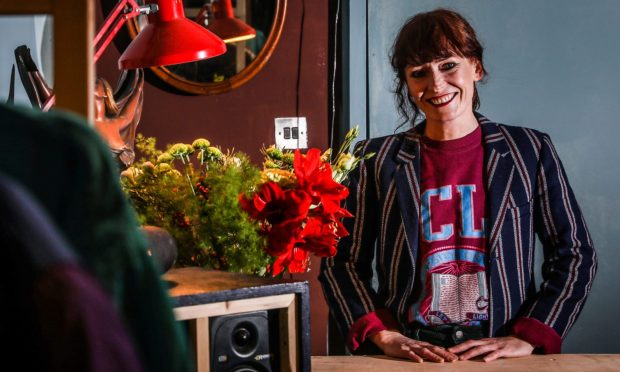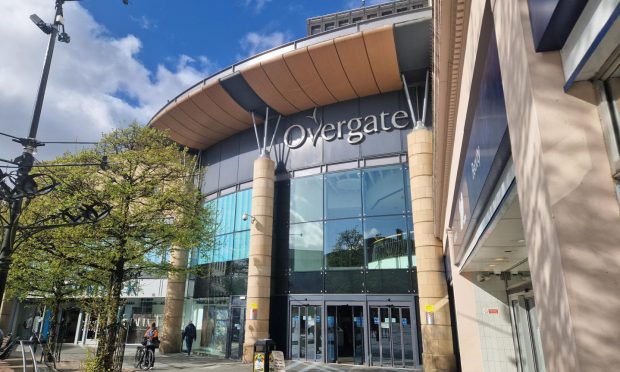A Dundee family devastated by a rare form of cancer could benefit from new research conducted by a local academic using worms.
Dr Anil Mehta, from Dundee University, has worked closely with the Williamson family to understand more about a gene mutation that causes aggressively malignant tumours found in generations of the family.
Father-of-four Jo Williamson lost wife Sue, 57, just two days before Christmas in 2003 after a 10-year fight with pheochromocytoma, which is caused by the faulty gene.
Two of their children have inherited the faulty SDH-B gene, known as the Arg230His mutation, and need to be regularly assessed for any dangerous tumours.
Alongside a team of researchers, Dr Mehta, from the university’s School of Medicine, has now made some progress in understanding how the mutation works.
The academics successfully made a biological ‘model’ of the mutation, providing a platform for investigation and testing of the biological effects of the exact gene change seen in the Williamson family.
Dr Mehta, Honorary Reader and Honorary Consultant Paediatrician, said they managed to “exploit” the fact that the gene has remained unchanged over Millennia.
He said: ““We looked for an animal that was amenable to genetic manipulation and whose cell structure and development from embryo to adult was fully characterised.
“This led us to the worm, an elegant millimetre sized worm called Caenorhabditis elegans, which has been responsible for so much understanding in cancer biology.
“We recreated the Williamson mutation in the worm and found that this worm not only lives a shortened life span but also shows a delayed and very abnormal development characteristic of known pathways linked to cancer.”
They found the Williamson worm makes too much lactic acid and when this is blocked with drugs, the worm can be killed.
Dr Mehta added: “We have the possibility of screening these mutant worms with drug cocktails, looking for drug candidates that might kill the worms and in turn find drugs that might also kill the cancers found in the family.”
The tumours, named pheochromocytoma and paraganglioma, arise in nerve cells which are often concerned with the control of hormones related to the flight or fight response of the adrenal glands.
In 2018 the Williamson family set up the Phaeo and Para Cancer Charity to raise funds in the aim of supporting further research on the faulty gene.
The charity is now working on tumours removed from affected members of the family to look for overlapping abnormalities between the cancer genes in the tumours and the findings from the Williamson worm genes.
This work is being done with a local company called MicroMatrices and is being led by Dr Simon Plummer.
The research was undertaken by a consortium of scientists from Hungary, Singapore and India. The findings are published online on The Company of Biologists site.










